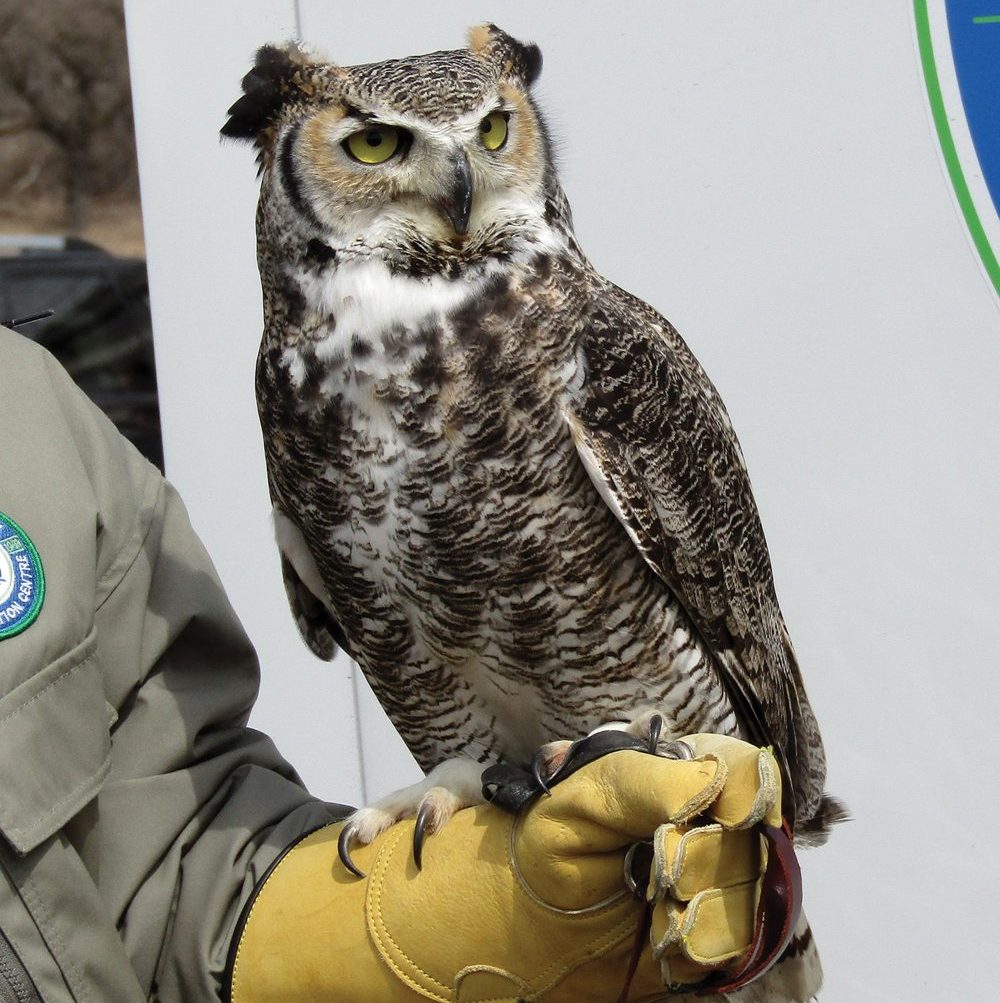This raucous and boisterous behaviour creates a noisy yard, day after day, from late February until spring.
The blue jay (cyanocitta cristata) belongs to a group of mischievous, rebellious rascals of 100 species in all called the corvidae crow family, including ravens, magpies, jays and crows. They are only partially migratory, as many jays remain in southern Manitoba during the cold winter season. They previously travelled further south in winter; however, recently many now stay closer to the boundaries of their breeding grounds. Is this because of climate change? Or maybe they know many feeders are full of goodies during the winter months. Ours provide a continuous supply of sunflower seeds, fat and suet and the birds provide entertaining antics from dawn until dusk.
Read Also

Giant Canada geese have gone wild in Manitoba
Giant Canada geese are seemingly everywhere and can be fine table fare for local hunters, but 70 years ago, they were borderline extinct.
As spring arrives, we listen to the loud shrieking and deafening calls of the blue jays, while the males scrap with other suitors. Eventually, one male discourages the others from the territory. This raucous and boisterous behaviour creates a noisy yard, day after day, from late February until spring. Finally, during the breeding season they quiet down, becoming mysterious and occupied while remaining in the background. The male helps the female to construct the nest, using twigs, moss and mud or even bits of cloth and paper. During May and June the female incubates four or five eggs for 2-1/2 weeks. The female stays with or extremely close to the nest, while the male feeds her and guards the territory of any unwanted predators. Together, male and female raise the family. The jay is an extraordinarily aggressive bird, being incredibly bossy and annoying. Once the young are reared, the blue jay again becomes an ill-behaved scoundrel, imitating other birds, screaming and screeching around the yard among the oak trees, often planting the acorns as fast as they fall. They usually forget where they hide their treasure, resulting in the growth of new oak seedlings.
Blue jays are long-lived birds with an average lifespan of six years or more; a colourful addition to any yard.
– Lillian Deedman writes from Killarney, Manitoba


















